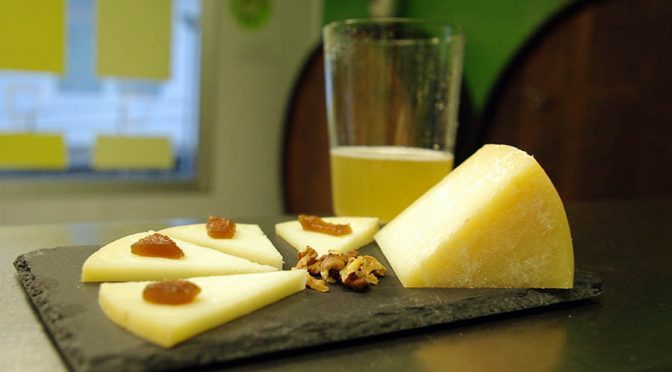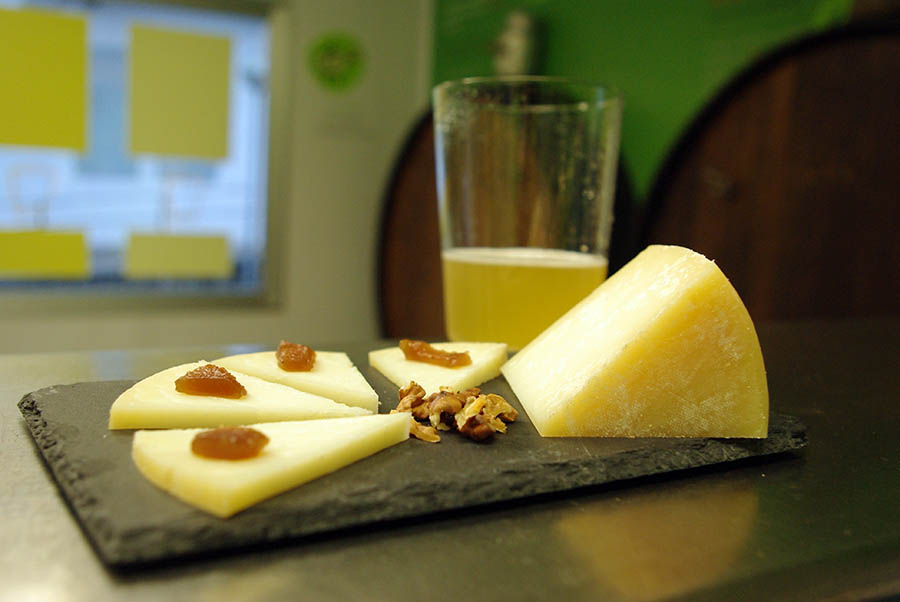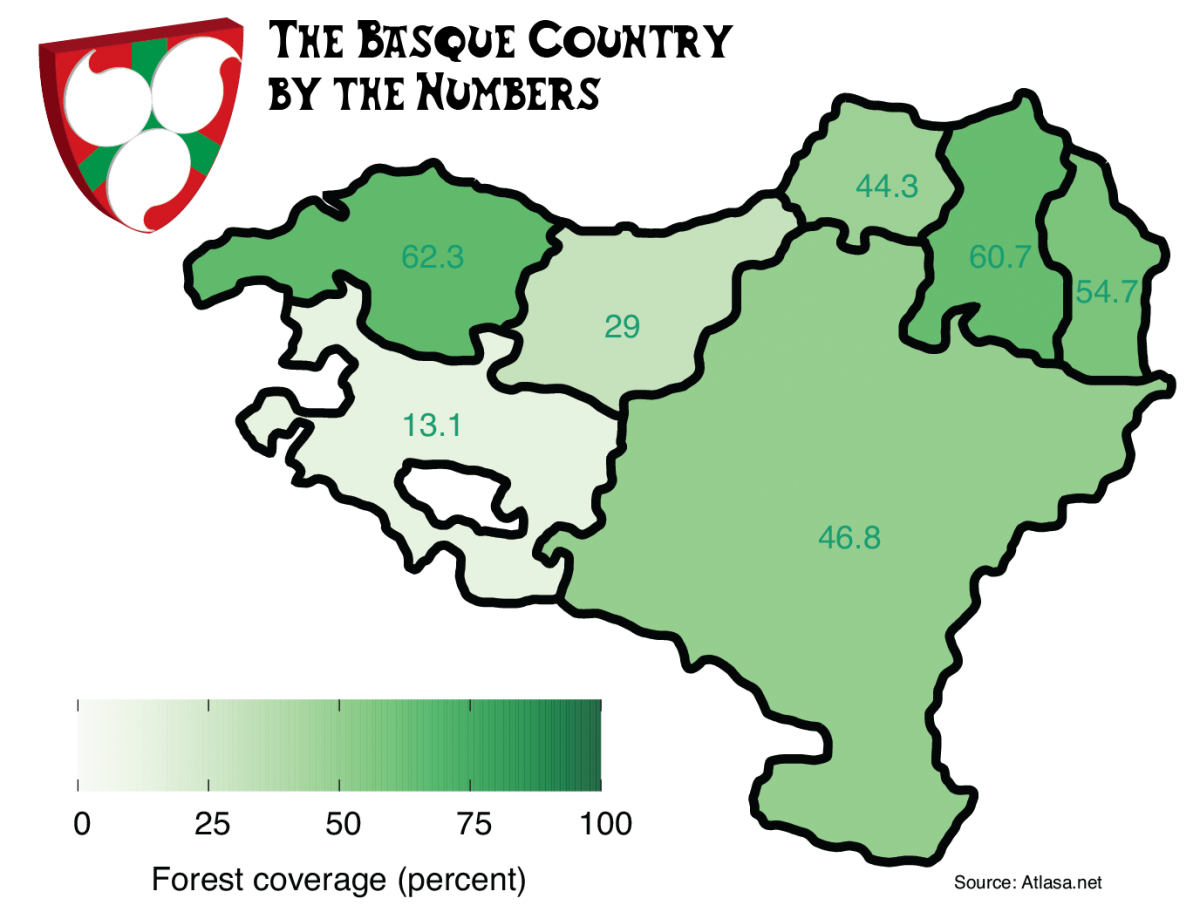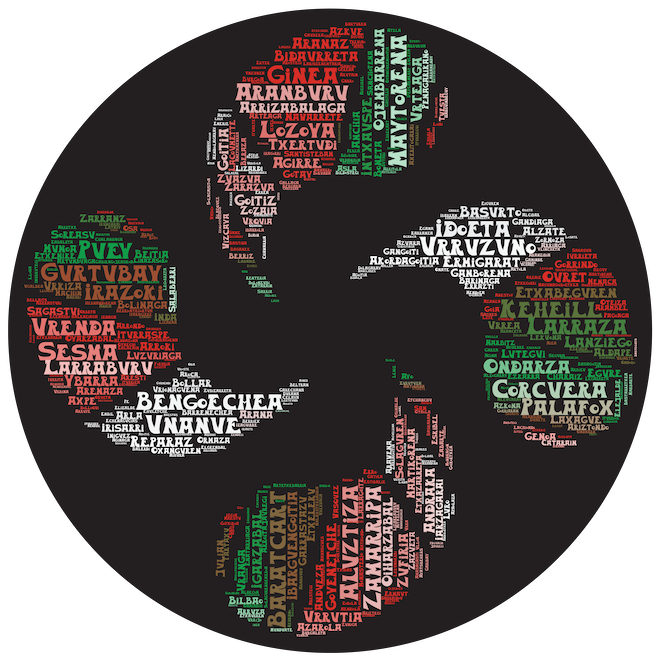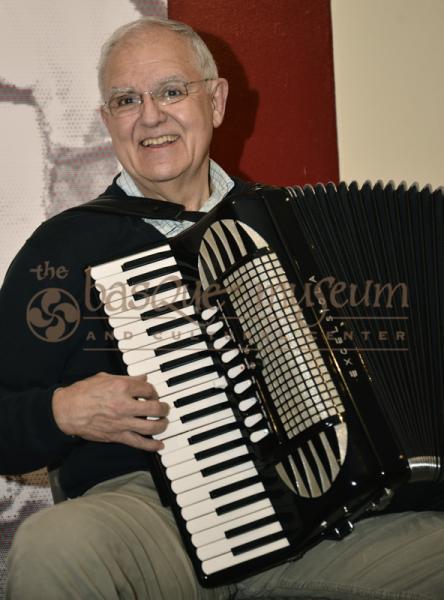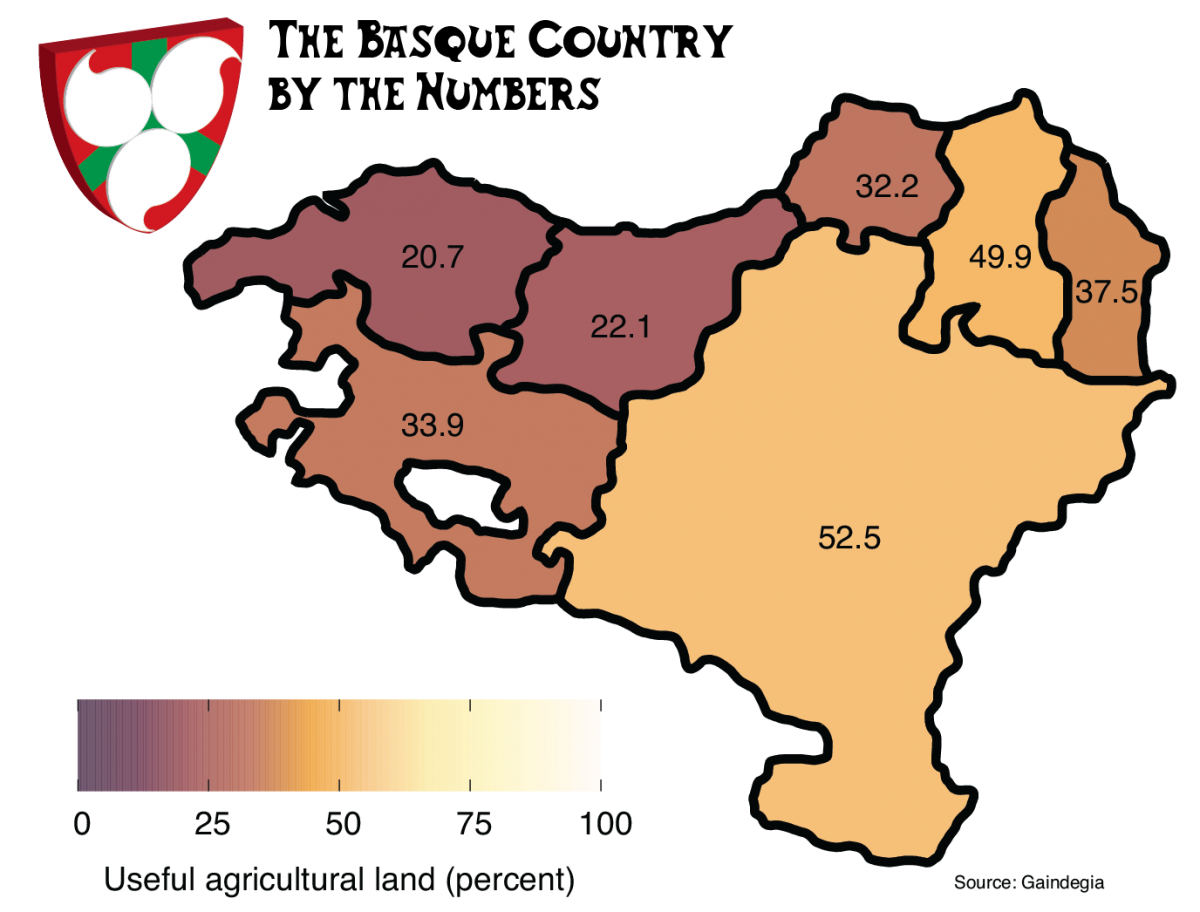
It was a beautiful Saturday morning. Their trip to the United States was only a week away and Maite and Kepa had decided to spend their last weekend in the Basque Country before leaving in the mountains. Kepa had suggested a hike along a well-worn path that snaked from behind Goikoetxebarri, through the trees, along a stream, and up to the peak of Mount Oiz. He and Maite had taken the same trail many times over the years — it was one of their favorite hikes in Bizkaia.
They walked along the stream, backpacks slung on their shoulders filled with water bottles and sandwiches wrapped in foil. “What did your ama say?” asked Maite.
“Oh, she was fine,” answered Kepa. “She’s going to join her sister and her family in Peñiscola. They have an apartment there and try to escape the rains as often as they can. They were planning on spending some of the August vacation there and ama is going to join them for a few weeks. I think she could use a few nights of txikiteo with her sister. She spends too much time in the baserri with her telenovelas, if you ask me.”
Buber’s Basque Story is a weekly serial. While it is a work of fiction, it has elements from both my own experiences and stories I’ve heard from various people. The characters, while in some cases inspired by real people, aren’t directly modeled on anyone in particular. I expect there will be inconsistencies and factual errors. I don’t know where it is going, and I’ll probably forget where it’s been. Why am I doing this? To give me an excuse and a deadline for some creative writing and because I thought people might enjoy it. Gozatu!
“I’m sure she never asked you!” said Maite.
Kepa laughed. “No, she never has.”
They made their way along the path, climbing over a few larger rock outcroppings that were easier going over than around. Maite, who was leading, stopped to pull out her water bottle. She took a sip and then handed it to Kepa. “Mil esker,” he said as he took his own gulp and handed it back.
“I’ve always loved this hike,” said Maite as they continued on. “I remember the first time you brought me. We must have been what, ten years old?”
“Yeah,” replied Kepa. “I remember. You fell and scraped your knee. Blood was flowing down your leg and I was freaking out, wondering how I was going to carry you back home. You just washed it off and told me to keep up as you continued marching along.”
Maite laughed. “I thought you were going to pass out for a minute,” she said.
“I was scared for you,” replied Kepa, sheepishly.
Maite stopped and turned around. Kepa, who had been watching his feet, almost bumped into her. “And, I appreciated it,” said Maite, looking into his eyes as she drew him closer and kissed him. Kepa’s legs nearly melted as he wrapped his arms around Maite and pulled her body against his. It felt like eternity had passed when Maite finally broke the kiss, gave him a wink, and continued on the hike.
Clearly flustered, Kepa said “Anyways, this was my aita’s favorite hike too. I remember stopping on that rock up there for a snack. He always seemed so big and powerful, and I was so little. I never thought I’d keep up with him. But, he always took slow steps, was always patient with me as I looked under some rock or behind some tree.” He sighed. “God, I miss him.”
The path widened a bit and Maite slowed just a bit so that she could walk besides Kepa. Saying nothing, she simply took his hand and held it in hers as they hiked forward.



